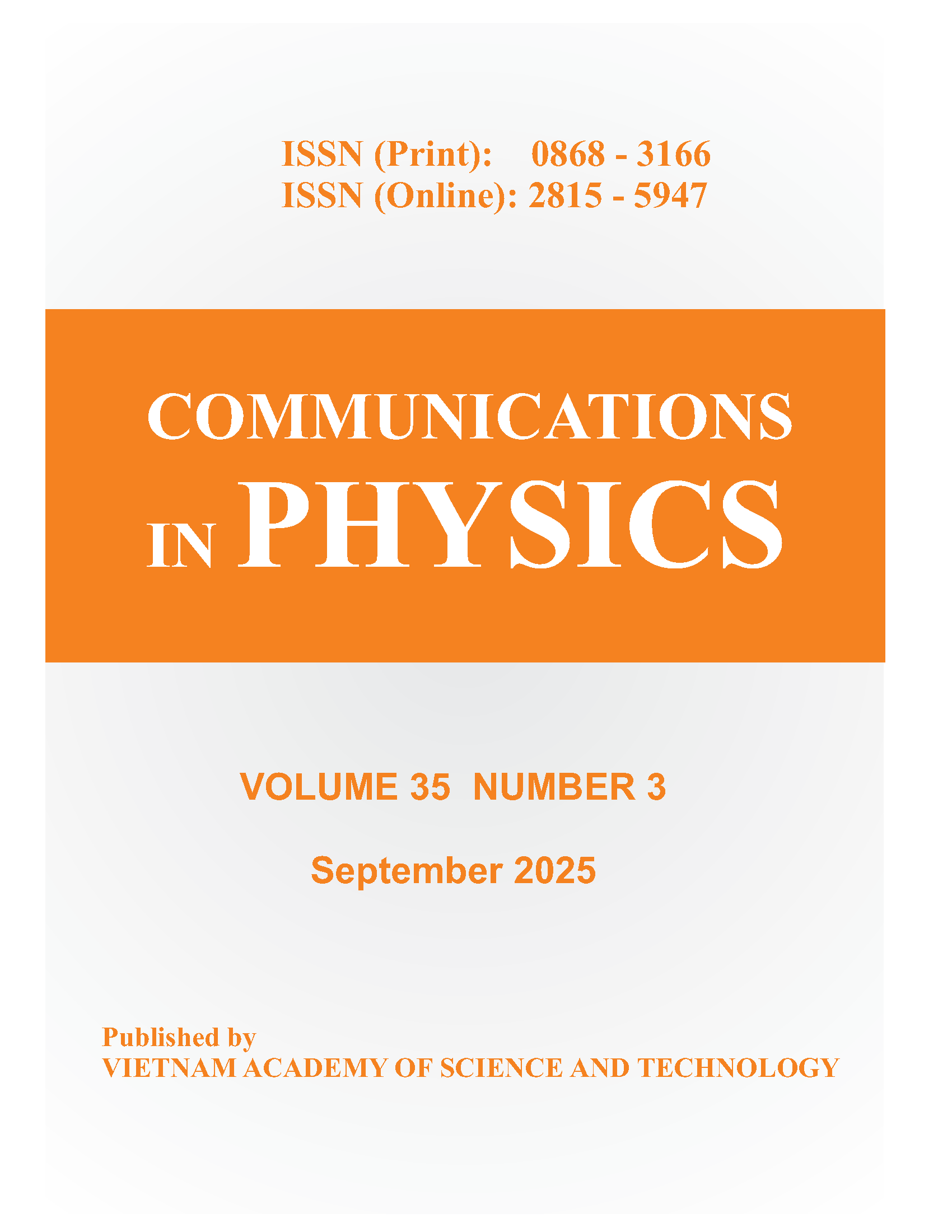Immobilizing Alcalase® Enzyme onto Magnetic Nanoparticles
Author affiliations
DOI:
https://doi.org/10.15625/0868-3166/24/3S1/5464Keywords:
magnetic nanoparticles, alkaline protease, enzyme immobilization, glutaraldehydeAbstract
In recent years, magnetic nanoparticles (MNPs) have been applied to numerous biological systems. The nanoparticles are particularly useful in separating biological molecules due to its low price, scalable ability and very little interference. Here, MNPs, which can efficiently separate biocatalysts from reaction media by external magnet, was used to immobilize an alkaline protease (Alcalase®). Covalent attachment of the enzyme to MNPs began with the functionalization of the MNPs' surface with amines (APTES). Then, glutaraldehyde was introduced to link the MNP surface amines with enzyme surface amine residues, typically lysine. Successful covalent bonds were checked by FT-IR. Our results showed the attached enzyme did not affect superparamagnetic property of MNPs, therefore the MNPs-attached enzyme was easily recovered after the reaction. The immobilized enzyme maintained its activities after 10 times of recycle uses.
Downloads
Downloads
Published
How to Cite
Issue
Section
License
Communications in Physics is licensed under a Creative Commons Attribution-ShareAlike 4.0 International License.
Copyright on any research article published in Communications in Physics is retained by the respective author(s), without restrictions. Authors grant VAST Journals System (VJS) a license to publish the article and identify itself as the original publisher. Upon author(s) by giving permission to Communications in Physics either via Communications in Physics portal or other channel to publish their research work in Communications in Physics agrees to all the terms and conditions of https://creativecommons.org/licenses/by-sa/4.0/ License and terms & condition set by VJS.











